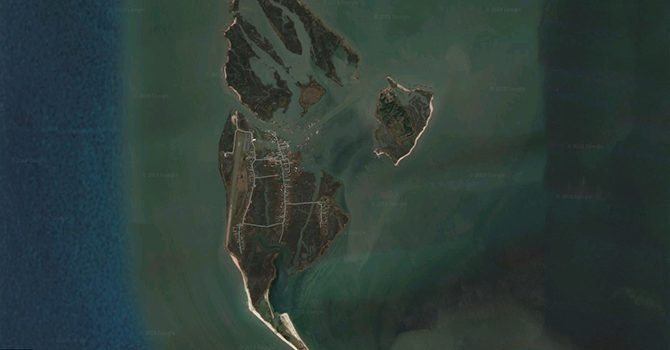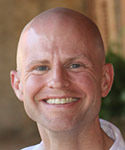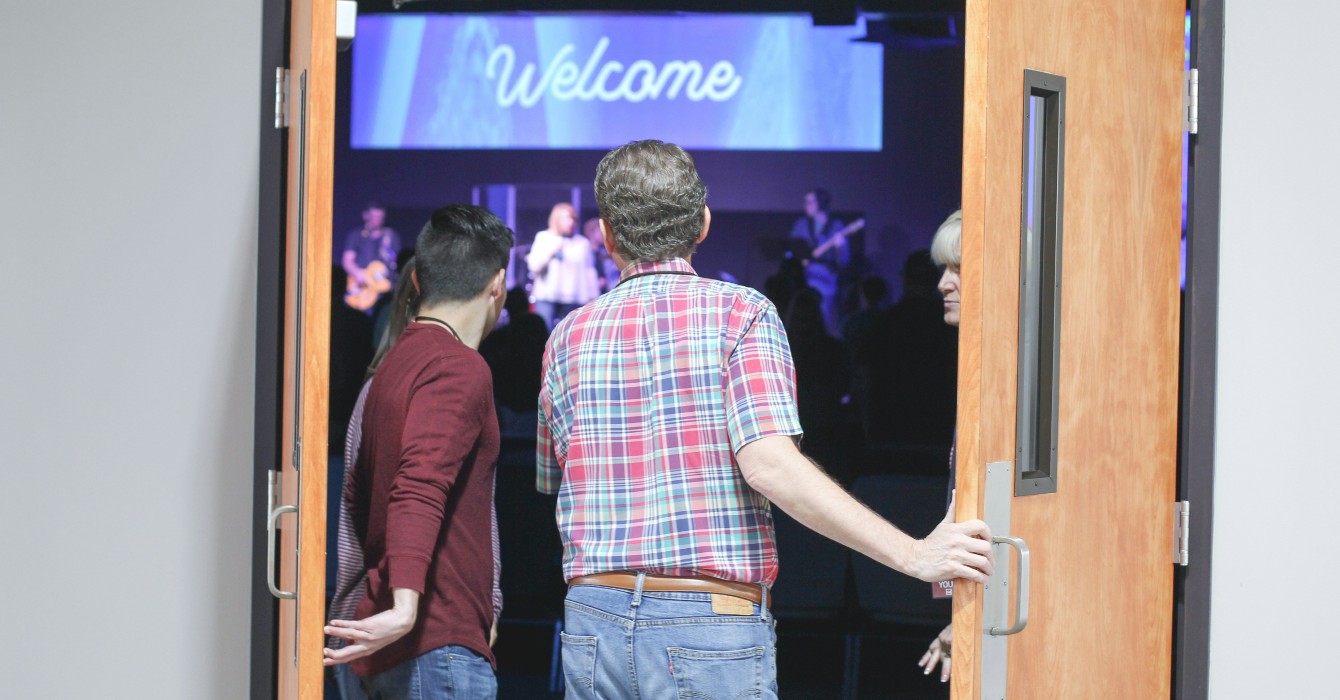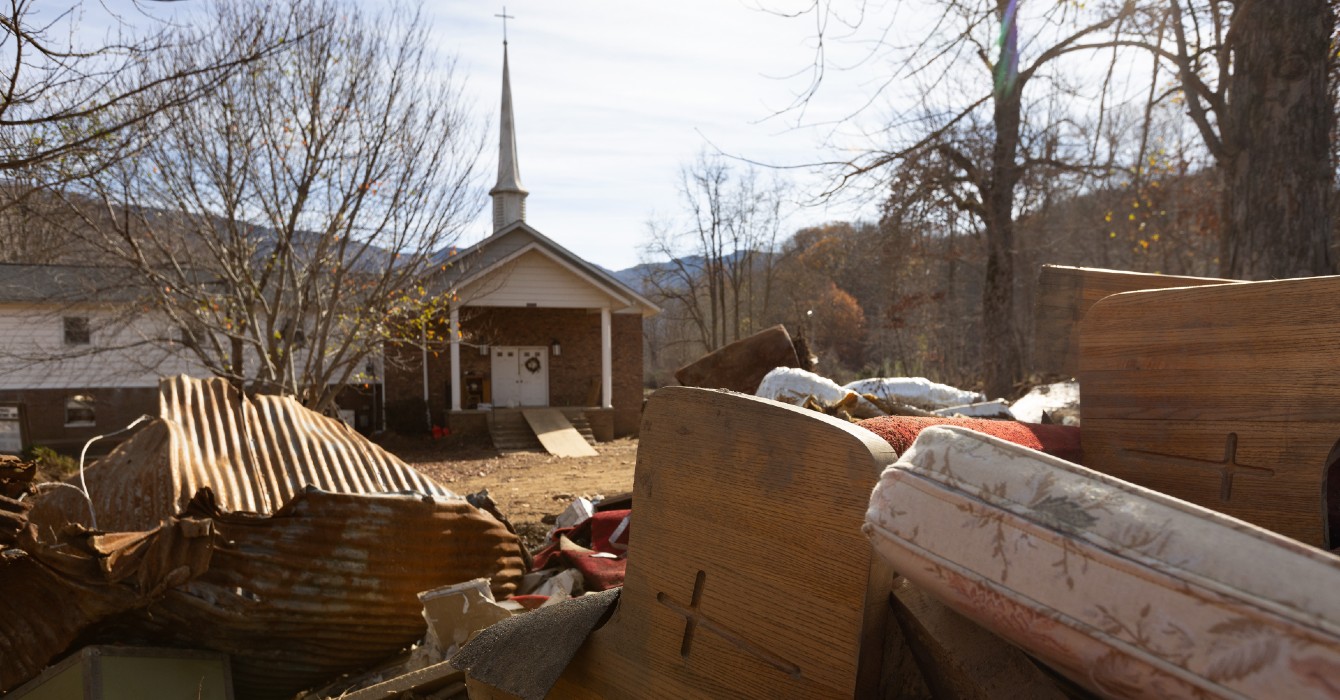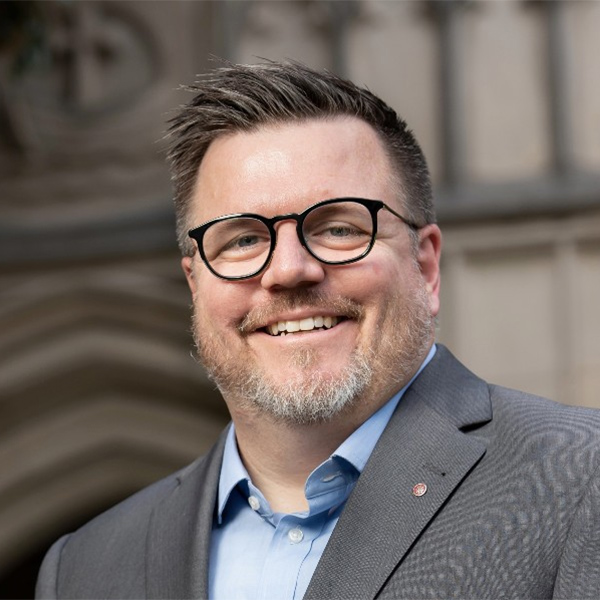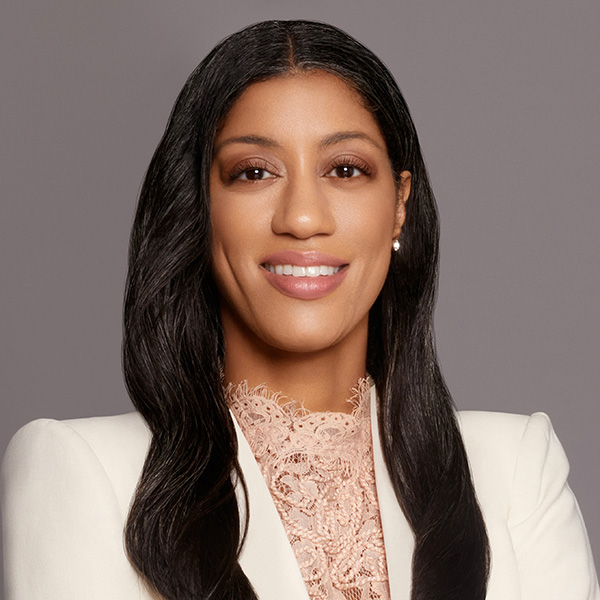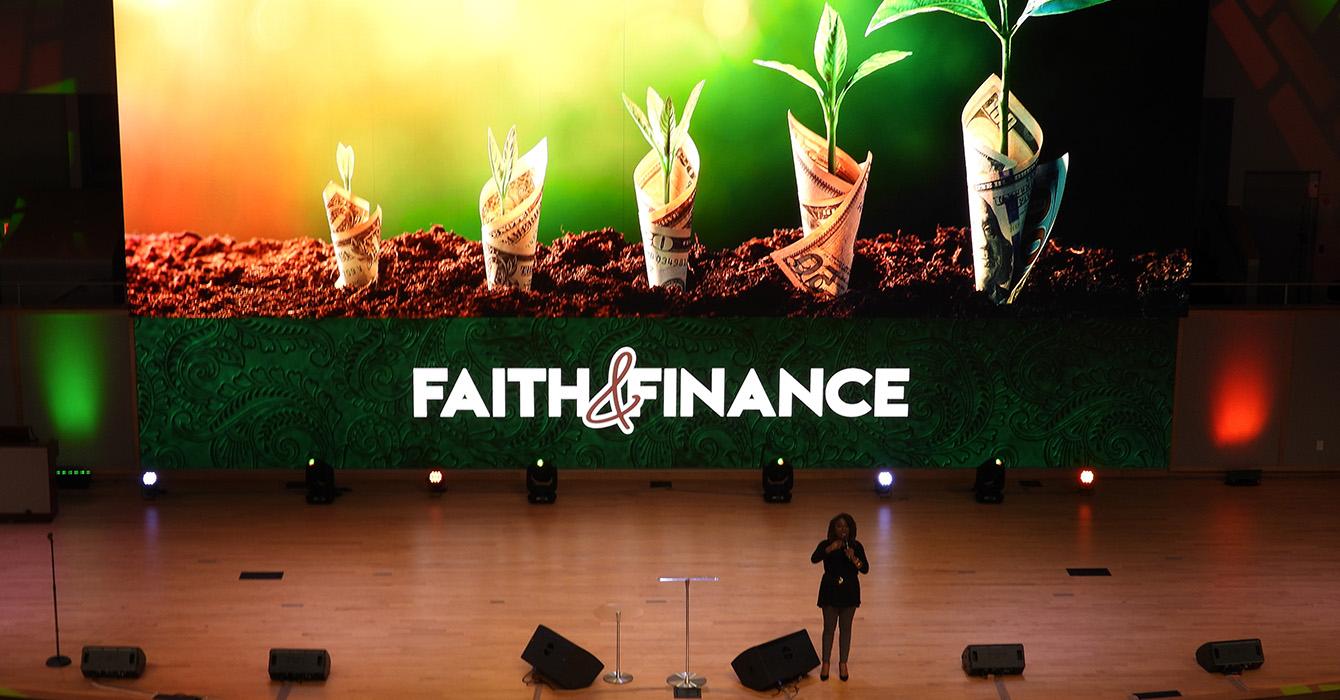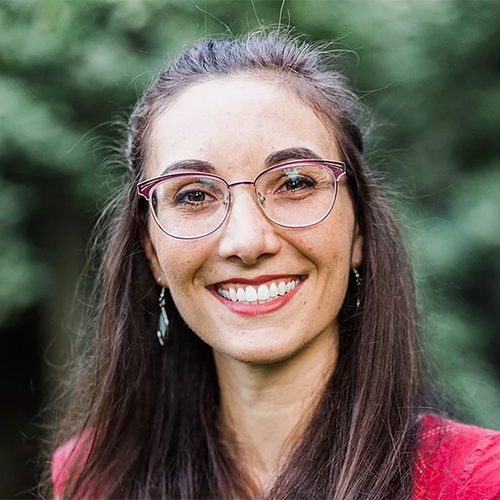There are no easy answers for the people of Tangier Island, Virginia.
The 740-acre island, located in the Chesapeake Bay, is home to 470 people, but because of sea rise and erosion it gives up 16 feet of its coastline each year. At this rate, the Army Corps of Engineers estimates that the island will be under water in 50 years and uninhabitable in 20 to 30. Some are predicting that the people of Tangier will be the first “climate-change refugees” in the United States.
To preserve the island, the Army Corps has proposed $30 million worth of interventions, including breakwaters, new sand barriers and imported vegetation to slow the sea’s seeming sure advance. The president has told the mayor not to worry about the island’s future. Yet whether the government will choose to fund these life-extending -- if not life-saving -- measures for tiny Tangier remains to be determined.
There are no easy answers for the people of Tangier Island as they watch the sea rise: Stay. Leave. Hope. Trust. Worry. Wait.
What would you do if this were your home?
Loren Mead, the late founder of the Alban Institute, told me the story of Tangier the first time we met. He said the church today is like Tangier Island, and then he paused.
In the seconds of his pause, my mind leapt ahead to certain conclusions. I assumed his point was that the church is spending (or will need to spend) a tremendous amount of capital to preserve its life against the unrelenting rise of cultural, societal and environmental forces that challenge its existence. I assumed he was also saying that we have already invested far too much in saving some things that may in the end prove not to be salvageable, and that perhaps we should make our peace with that reality and let them go.
Neither was his point, however.
“The margins, Nathan,” he said when he started speaking again. “That’s what we’re losing. We’re losing the churches on the margins. We aren’t doing enough for them.”
This wasn’t a new concern for him.
In 1994, shortly after he had stepped down as the president of the Alban Institute, Mead penned a letter to the presiding bishop of the Episcopal Church about what he understood as his unfinished work. He had two principal concerns.
The first was what he called “the absolute dead end” he saw “looming ahead of the church financially.” He was concerned that at every level of the church’s organizational life, the presumptive economic models were inherently unsustainable in the long term. It was only a matter of time before the deficiencies of the models would prove catastrophic. He explored these concerns four years later in his book “Financial Meltdown in the Mainline? Money, Faith, and Leadership.”
The second piece of unfinished business Mead named was “the plight of the small congregation, laboring under a model of ministry that makes them failures year after year.” I would offer a friendly amendment here to say “a model of ministry that defines them as failures year after year.”
This inherited model of ministry has recognized “success in ministry” with certain predictable markers -- a full-time clergyperson (if not an abundance of staff), a significant physical plant, a panoply of programs catering to every age group, an annual stewardship campaign that results in a balanced but ever-growing budget and numerical growth in attendance, all sustained while generously supporting a judicatory financially. For many congregations, success according to this vision of ministry is practically out of reach.
It is the way these two concerns intersect that increasingly endangers what we might call -- what Mead might have called -- “Tangier” congregations.
On the one hand, the inherited economic model of church is not working for these congregations, and to be candid, it has not worked for many of them for a long time. Pledge and plate giving from a smaller number of giving units simply cannot keep up with the increasing financial costs of ministry today. It has been said that millions of Americans are one serious illness away from bankruptcy. How many congregations, even if generally healthy, also find themselves on that perilous edge -- one new roof, one donor’s death, one crisis away from financial ruin?
This is compounded by the sense that these congregations are somehow underperforming or “failures,” in Mead’s terms. They already have had to cut staff or sell land, eliminate programs or reduce giving to their denominations. Even if they are thriving internally, the predictable markers make it look as though they are not.
Mead is correct: the margins -- that’s what we’re losing.
Part of the concern for Tangier Island is that larger population centers, including New York and New Orleans, are at risk from the same phenomena and are in need of the same kinds of interventions at a much larger scale and with a much larger price tag. Residents of Tangier have wondered aloud whether they may be sacrificed so that the Big Apple or the Crescent City may survive.
From the people who worship in and lead “Tangier” congregations, I hear a concern that is much the same. They are worried that their futures will be sacrificed so that First Church and Saint Whomever, which are beginning to experience the unsustainability of economic and ministry models for themselves, may live. In the church, of course, this is a false choice. It’s not a matter of urban churches or suburban churches or rural congregations. It doesn’t have to be a choice between large and small, between multi-staff and solo pastor, between establishment forms and fresh expressions.
But so many congregations are watching the tide come ever closer. For them and for us, the age of easy answers, if it ever existed, has ended. For them, we aren’t doing enough.

